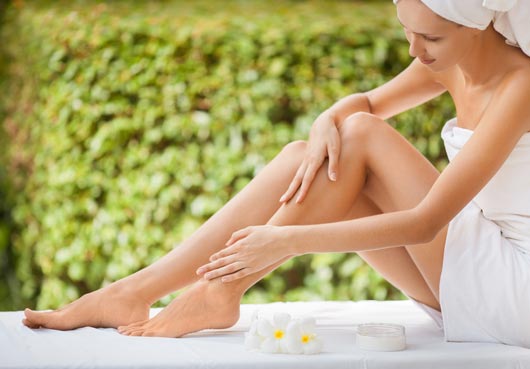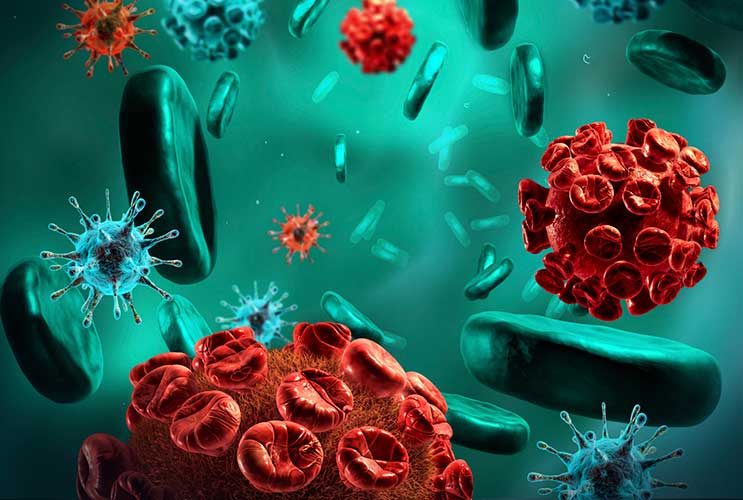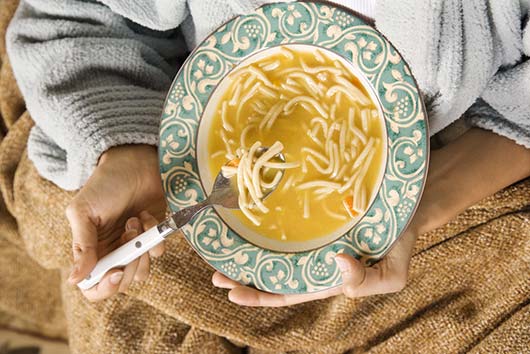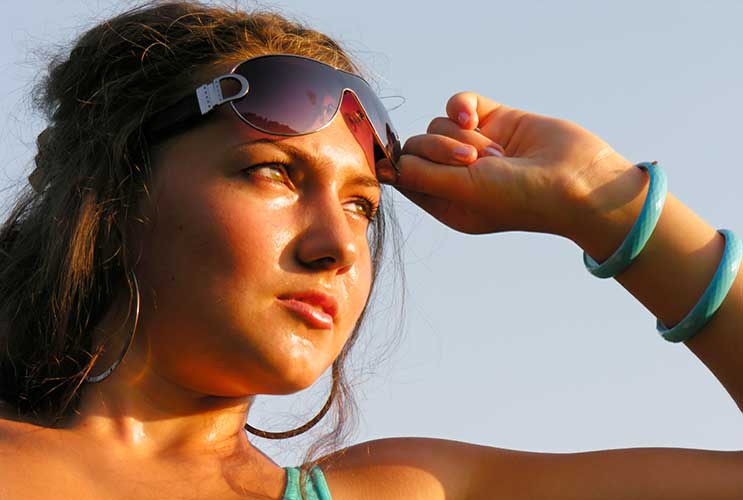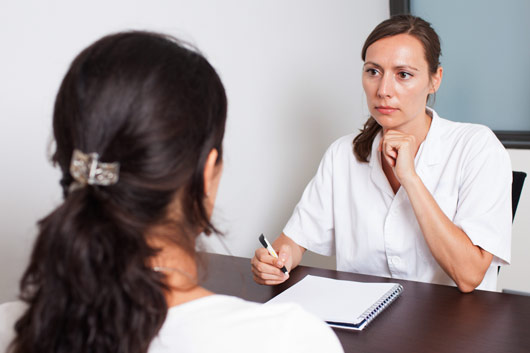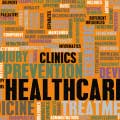We’re all vain about our veins. Most women desire magazine-ad worthy legs for showing off in shorts and skirts. While in our teen years this is possible for some, after a certain age, sporting noticeable veins, aka varicose veins or spider veins is an unwelcome fact of life. Varicose veins occur when valves, designed to keep blood from running backward away from the heart and back down into the leg, fail or become loose and flabby. This causes a backwash, which stretches the veins and slowly leaks into ankle and leg tissue, causing swelling. Varicose veins tend to be thick, ropey and protrude out of legs. Spider veins, on the other hand, are usually small, thin blue blood vessels that can be seen under the skin. While these are usually harmless, they can be a symptom of poor circulation and potential varicose vein formation, so keep an eye on them. Here’s the truth about treating varicose veins that will put your mind at ease.
Read Related: 4 Anti-Cellulite Products that Actually Work
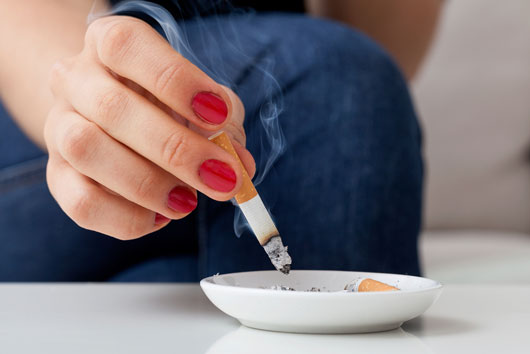
First there’s good news for ladies who love wearing heels. Luis Navarro, MD, the founder and medical director of New York’s The Vein Treatment Center says wearing heels and crossing ones legs do not causing varicose veins. “The pooling of blood is actually more commonly caused by prolonged standing and/or sitting. Other notable causes are obesity, smoking, lack of exercise and hormonal birth control,” Dr. Navarro told Woman’s Day. Genetics can also come into play. And though most people will tell you that varicose veins are only a cosmetic problem, in reality they should not be ignored. Varicose veins cause your legs to swell and feel fatigued. They can also be a sign that you are at risk of developing a blood clot or deep vein thrombosis. If at the end of the day your legs feel heavy or sore it’s best to see a doctor.
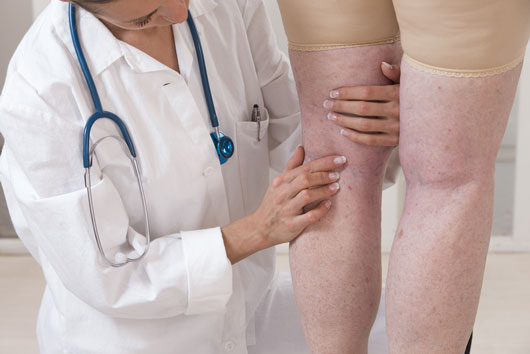
Today, treating varicose or spider veins is easier than ever. It is usually an in-office procedure that does not require general anesthesia. Plus, there is no scarring, cutting and the recovery period is minimal. Research shows that most insurance companies cover the cost of treatment which usually ranges between $600 – $2,000. Most doctors will say that if they’re not causing you great discomfort they don’t need to be treated. As Real Simple reports, if you experience minor aches, consider taking a supplement of horse-chestnut seed extract, such as Venastat Natural Leg Vein Health, recommend by Dr. Navarro to lessen discomfort. And if you can’t stand the site of them, camouflage them with self-tanner and make sure to exercise regularly and avoid standing or sitting for long periods of time.

